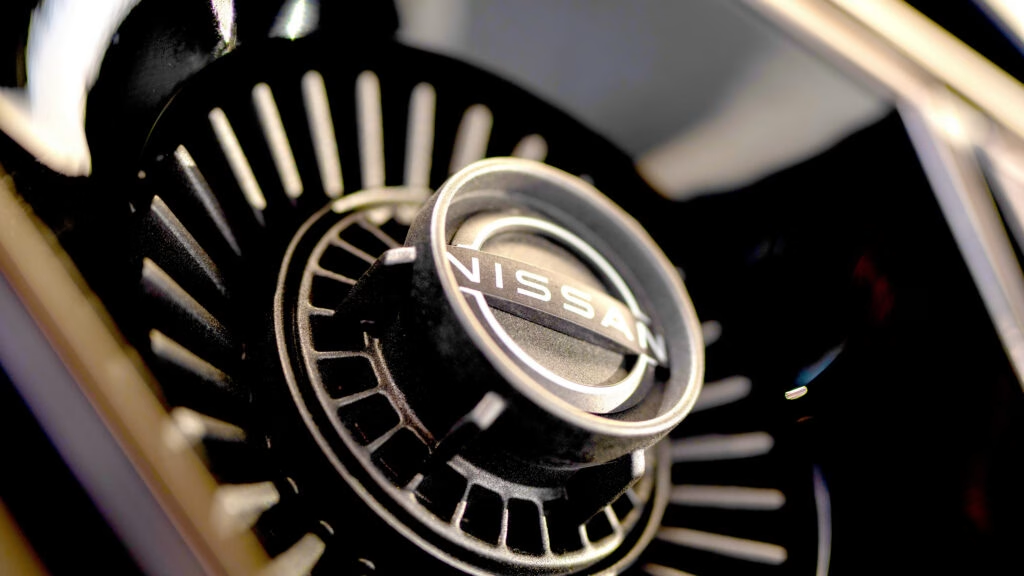Nissan has recently made waves in Australia by introducing a remarkable 10-year warranty program for its vehicles. This initiative is not just a marketing gimmick; it reflects a significant shift in how car manufacturers are approaching customer assurance and service. But what does this mean for Nissan’s potential customers in the U.S., where the standard warranty is considerably shorter? Let’s dive into the details.
### What’s the Deal with Nissan’s 10-Year Warranty in Australia?
In Australia, Nissan has rolled out a 10-year warranty that covers up to 300,000 kilometers (or about 186,000 miles). This warranty is a game-changer in a market where many new cars typically come with warranties ranging from five to seven years. To qualify for the extended warranty, however, owners must have their vehicles serviced at authorized Nissan dealerships. This requirement is similar to what Mitsubishi offers with its own long-term warranty in Australia.
The initial response has been overwhelmingly positive. Within just 30 days of launching the program, Nissan Australia reported over 2,500 service bookings. Andrew Humberstone, the managing director of Nissan Oceania, noted that this strategy not only helps retain customers but also boosts revenue for the dealer network, which has been facing rising operational costs.
### Why Aren’t U.S. Warranties as Generous?
In the United States, Nissan’s standard warranty is three years or 36,000 miles, which is fairly typical across many brands. While some manufacturers like Genesis, Hyundai, and Kia offer warranties that extend to four or five years, the majority still stick to the three-year model. This discrepancy raises an interesting question: Why is the U.S. market lagging behind when it comes to warranty offerings?
One reason could be the competitive landscape. In Australia, longer warranties have become a selling point, pushing manufacturers to offer more attractive terms to stand out. In contrast, U.S. consumers may have become accustomed to shorter warranties, leading brands to feel less pressure to extend coverage.
### Could a 10-Year Warranty Work in the U.S.?
Imagine if Nissan decided to adopt a similar 10-year warranty strategy in the U.S. market. It could potentially reshape consumer expectations and influence purchasing decisions. A longer warranty might not only provide peace of mind for buyers but also encourage them to stick with Nissan for regular maintenance, as the warranty requires servicing at authorized dealers.
However, there are challenges. The U.S. market is vast and diverse, with varying consumer preferences and expectations. Nissan would need to carefully consider how to implement such a program without incurring excessive costs. The key would be to balance customer satisfaction with the financial viability of the warranty program.
### What Are Other Brands Doing?
Brands like Lexus and Cadillac have started to offer extended warranties, which shows a shift in the industry. If Nissan were to follow suit, it could set a new standard for what consumers expect from their vehicles. This could also push competitors to enhance their warranty offerings, creating a ripple effect across the automotive industry.
### The Bottom Line
Nissan’s 10-year warranty in Australia is more than just a promotional tactic; it’s a strategic move that has proven successful in attracting customers and generating service revenue. While the U.S. market currently operates on shorter warranties, the potential for a longer warranty could be a game-changer.
The big takeaway? A longer warranty isn’t just about extending coverage; it’s about building trust and loyalty with customers. If Nissan—or any brand for that matter—decides to make this leap in the U.S., it could very well redefine the landscape of customer service in the automotive industry. So, what do you think? Would you feel more inclined to purchase a Nissan if it came with a 10-year warranty? Your thoughts could help shape the future of car buying.

